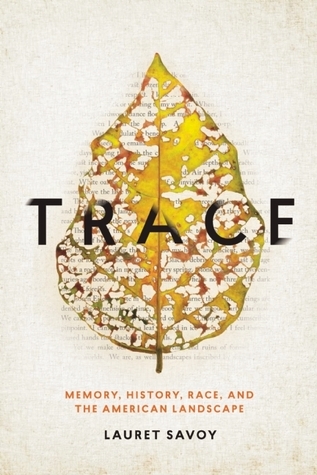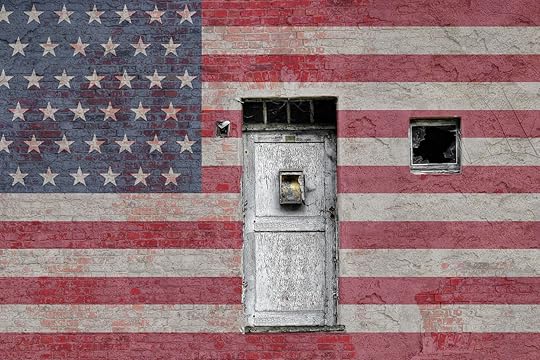What do you think?
Rate this book


225 pages, Hardcover
First published November 10, 2015
Illusions of rootlessness in one's own home could only grow in such depleted and contested soil. To inhabit this country is to be marked by residues of its still unfolding history, a history weighted by tangled ideas of 'race' and of the land itself.
Ancestors disappeared - into paper records of property rather than human lives remembered in story, into a plantation owner's surname, into graves unmarked or forgotten long ago.

